Best fish tank ideas for small aquariums
The charm of a small aquarium lies in its compact size, making it an appealing choice for both beginners and experienced aquarists alike. Despite their size, these tanks offer a world of possibilities for creating stunning aquatic environments. However, setting up a successful small fish tank requires careful planning and consideration of various factors, from the tank’s dimensions to the type of fish and plants you include.
When exploring small fish tank ideas, it’s essential to choose the best fish for small tank setups and understand the specific needs of each species. A well-thought-out approach ensures that your small freshwater fish tank not only looks beautiful but also provides a healthy and balanced environment for your aquatic inhabitants. This article will guide you through the best practices and creative ideas for making the most out of your small fish tank, ensuring it remains a vibrant and thriving aquatic space.
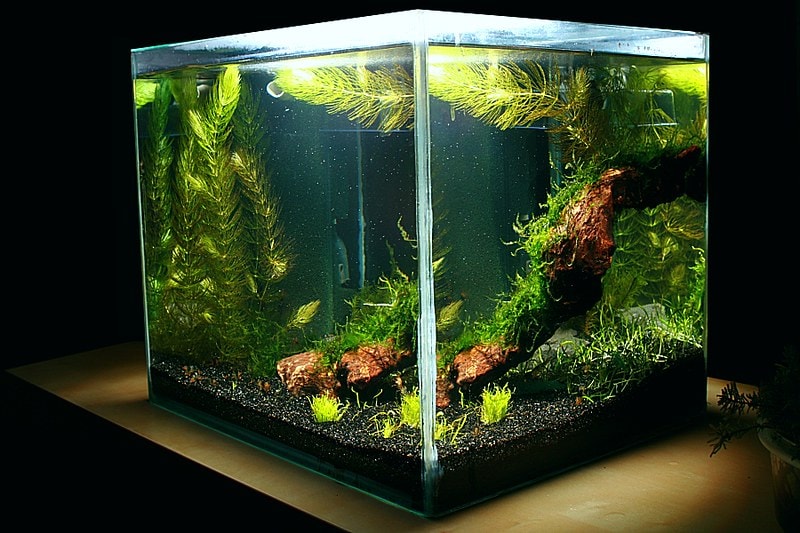
Choosing the Right Tank Size
Selecting the appropriate tank size is crucial for creating a successful small aquarium. While smaller tanks are often more affordable and easier to fit into tight spaces, they come with their own set of challenges. The right size can make a significant difference in terms of water quality, fish health, and overall maintenance. When opting for a small fish tank, it’s essential to understand the specific needs of your chosen fish species and ensure that your tank size accommodates them comfortably.
For the best fish for small tank setups, you should consider species that thrive in confined spaces and have minimal space requirements. A well-chosen tank size not only helps in maintaining water quality but also enhances the living environment for your aquatic pets. Investing time in selecting the right size will ultimately lead to a more enjoyable and successful fish-keeping experience.
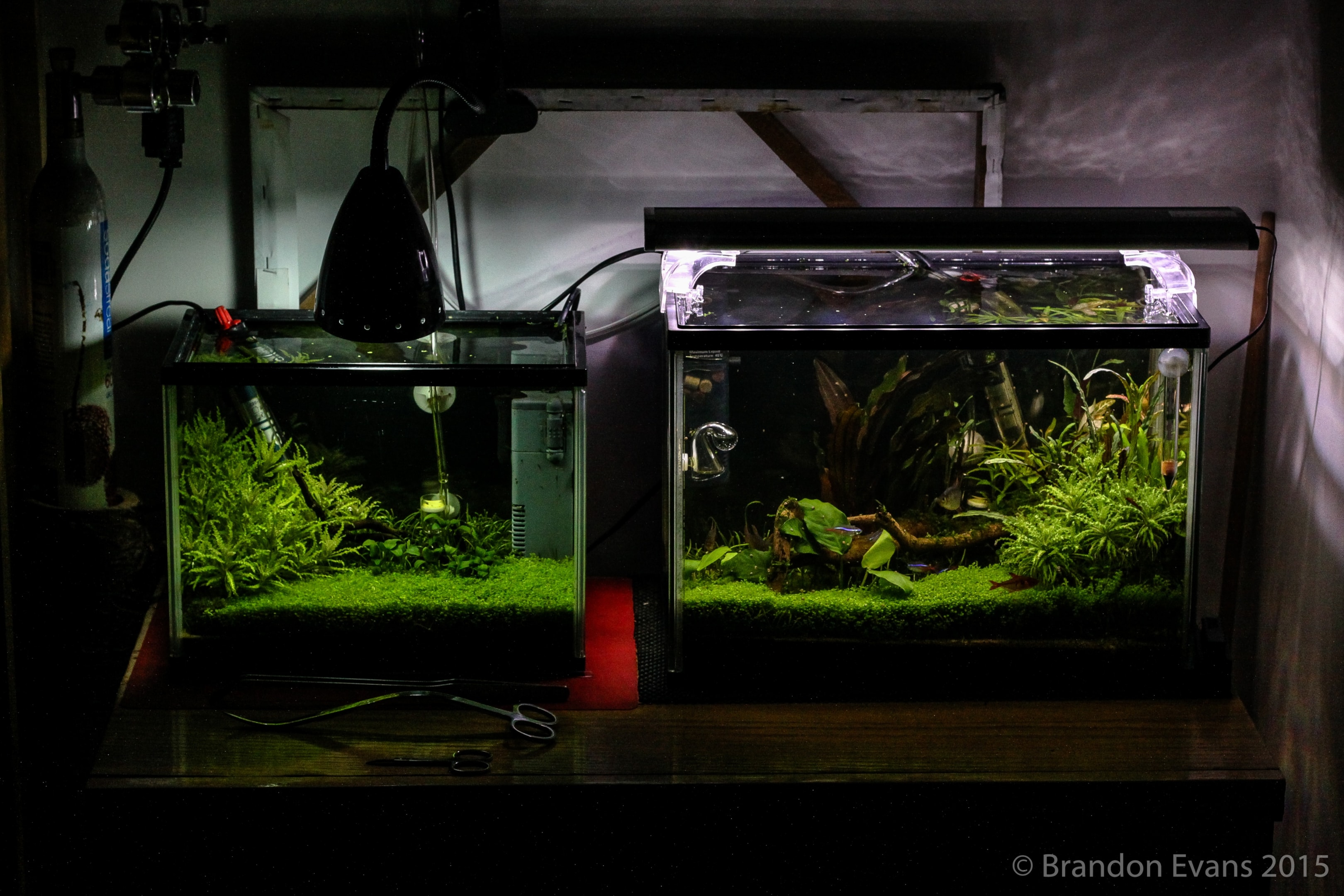
The Importance of Filtration Systems
Effective filtration is vital for maintaining a healthy small freshwater fish tank. Since smaller tanks have a limited volume of water, any imbalance can quickly lead to poor water quality. High-quality filtration systems help keep the water clean by removing debris and harmful substances. There are various types of filters suitable for small tanks, including sponge filters, hang-on-back filters, and internal filters, each with its own advantages and drawbacks.
When choosing a filter, it’s important to select one that matches the specific needs of your small fish tank. A well-chosen filter will ensure that your tank remains clean and that your fish have a healthy environment to thrive in. Proper filtration not only keeps the water clear but also contributes to a balanced ecosystem within your small aquarium.
Optimal Lighting for Small Aquariums
Lighting plays a crucial role in the health and appearance of a small aquarium. The right lighting setup can enhance the colors of your fish and plants while also providing necessary light for plant growth. LED lighting is a popular choice for small fish tanks due to its energy efficiency and adjustable settings. When selecting lighting, consider the spectrum and intensity required to support both fish and plants in your small freshwater fish tank.
In addition to improving aesthetics, proper lighting helps in maintaining a balanced aquarium environment. Good lighting can also affect the behavior and well-being of your fish, making it an essential component of your small fishtank setup. Ensure that your lighting system is compatible with the needs of your tank’s inhabitants to achieve the best results.
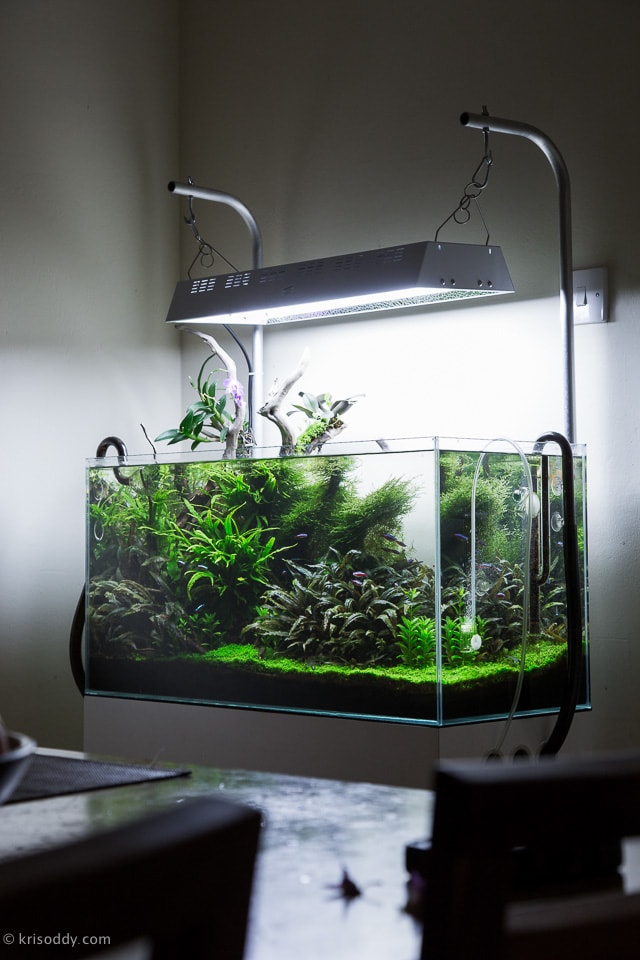
Decorating with Aquascaping
Creating a visually stunning nano fish tank often involves careful aquascaping to enhance both aesthetics and functionality. A well-designed nano aquascape can transform a small aquarium into a captivating aquatic landscape. Consider incorporating live plants like Java Moss, Anubias, or Cryptocoryne, which not only beautify the tank but also contribute to better water quality. The placement of these live plants can provide hiding spots and contribute to the overall health of the tank.
In a small fish tank, the arrangement of plants should focus on creating a balanced and natural look. Use driftwood and rocks to create focal points and add depth to the tank. Avoid overcrowding with too many decorations, which can reduce swimming space for your small fish species. For fish tank ideas, combining live plants with minimalist decor can help highlight the vibrant colours of your fish, making the tank more visually appealing.
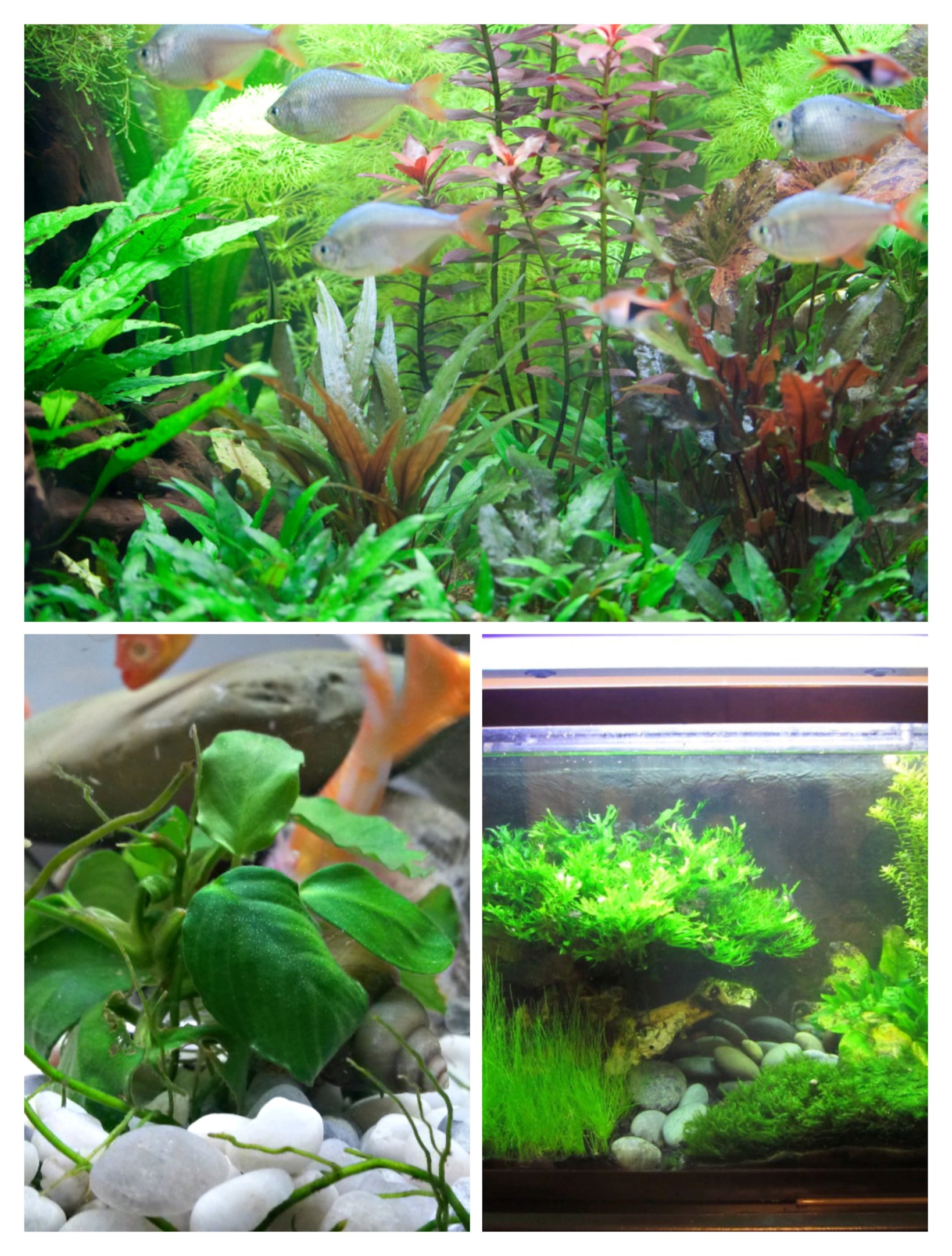
Low-Maintenance Fish Species
When selecting fish for a nano fish tank, choosing small fish species that are hardy and require minimal care is crucial. Nano fish, like the neon tetra and rosy loaches, are ideal for small setups due to their small size and peaceful nature. They thrive in a well-maintained environment with appropriate water conditions. Cherry shrimp and amano shrimpare also excellent choices for a small aquarium, as they help in maintaining the tank’s cleanliness by feeding on algae and detritus.
For those looking to introduce schooling fish into their fish tanks, species like the neon tetra provide dynamic and colourful schooling behaviour. Combining fish species that are compatible with live plants and each other ensures a harmonious and low-maintenance tank setup. Cory catfish and otocinclus catfish are also good options for nano fish tanks, serving as effective bottom dwellers and algae eaters while adding variety to the tank.
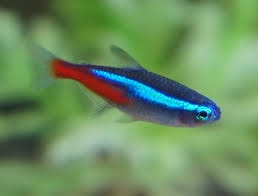
Shrimp and Snails: Small Tank Companions
Adding shrimp to a nano fish tank can enhance both its aesthetic appeal and ecological balance. Cherry shrimp and amano shrimp are popular choices due to their vibrant colors and beneficial habits. These shrimp help keep the tank clean by consuming algae and detritus, making them ideal for maintaining water quality in a small aquarium. Their presence can also provide interesting behavior for observation.
Nerite snails are another excellent addition to a small fish tank. They are effective at cleaning algae and are known for their low-maintenance requirements. Their unique patterns and colors can serve as a visual contrast to the live plantsand fish in your nano fish tank. Both neocaridina shrimp and nerite snails contribute to the overall health of the tank by managing algae and waste, creating a balanced and thriving aquatic environment.
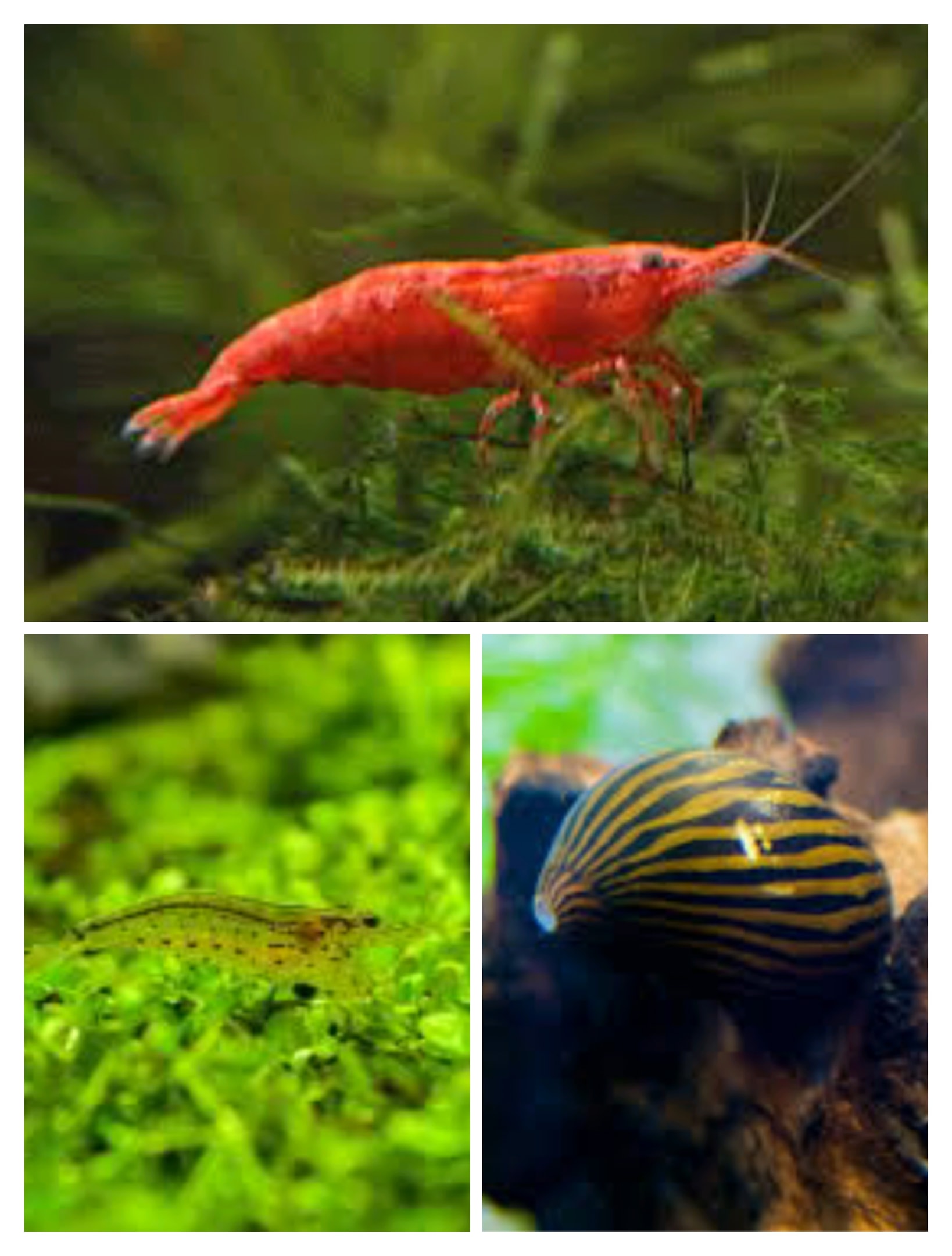
Plants That Thrive in Small Aquariums
Incorporating live plants into a small aquarium not only enhances its beauty but also contributes to the well-being of the aquatic ecosystem. Plants like Java Fern, Anubias, and Marimo Moss Balls are well-suited for nano fish tanks due to their adaptability and ease of care. These plants can provide hiding spots and create a natural environment that mimics their wild habitat, benefiting both fish and shrimp.
A planted aquarium with a variety of live plants offers numerous advantages, including improved water quality and oxygenation. When selecting plants, ensure they are compatible with your small fish species and nano fish. Plants such as Cryptocoryne and Amazon Sword can grow well in low-light conditions, making them ideal for fish tanks with limited lighting setups. Regular maintenance and proper care of these plants are essential to maintaining a healthy and vibrant aquatic environment.
The Role of Substrate in Small Tanks
Choosing the right substrate is crucial for the health and aesthetics of your small fish tank. In a nano fish tank, the substrate not only affects the appearance but also impacts the water conditions and the well-being of both fish speciesand live plants. Gravel, sand, and specialized substrates each have their own benefits. For example, a fine gravel substrate is often preferred in planted aquariums as it supports the root systems of plants while being easy to clean.
In addition to its visual appeal, the substrate plays a role in maintaining water quality. Organic substrates, such as those designed for planted aquariums, can provide essential nutrients to the live plants, promoting healthy growth. This is particularly important in a small aquarium, where maintaining a stable environment can be challenging. Consider using a sponge filter or another efficient filtration system to complement the substrate and ensure optimal water quality for your small fish species and other tank inhabitants.
DIY Small Aquarium Filters
Creating your own filter for a nano fish tank can be a cost-effective and customizable solution for maintaining water quality. DIY filters, such as sponge filters, are particularly suitable for small fish tanks due to their simplicity and efficiency. A sponge filter provides mechanical and biological filtration, ensuring that the water remains clean and free from harmful toxins. It is easy to assemble and maintain, making it an excellent choice for beginners.
When designing a DIY filter, consider the flow rate and size to match the needs of your small fish tank. A filter that is too powerful can stress the fish, while one that is too weak may not adequately clean the water. By tailoring the filter to your specific tank setup, you can create an effective solution that supports a healthy environment for your small fish species and enhances the overall stability of your nano fish tank.
Temperature Control and Heating
Maintaining the correct temperature is essential for the health of fish and plants in a small fish tank. Temperature stability can be particularly challenging in nano fish tanks due to their smaller water volume. A reliable heater is crucial for ensuring that your small aquarium maintains a consistent temperature suitable for its inhabitants. For many small fish species, stable water temperature is vital for their well-being and longevity.
When choosing a heater, consider options such as adjustable submersible heaters that can fit into the compact space of a nano fish tank. Heaters with built-in thermostats help regulate the temperature and prevent fluctuations, which can stress fish and plants. For planted aquariums, maintaining an optimal temperature range also supports the growth of live plants, ensuring that both the aquatic life and the plant life thrive in a well-balanced environment.
Creating a Biotope Aquarium
A biotope aquarium is designed to replicate a specific natural habitat, making it a fascinating and educational setup for small fish tanks. By mimicking the natural environment of a particular region, you can create a balanced ecosystem that caters to the specific needs of your fish species. For example, a South American biotope might include live plantslike Amazon Sword and fish such as neon tetra, while a Southeast Asian biotope could feature small fish species like rosy loaches and a substrate that mimics riverbeds.
Incorporating natural elements such as driftwood, rocks, and native plants enhances the authenticity of your nano fish tank. This setup not only provides a visually appealing environment but also promotes the health and behavior of your fish and plants. By creating a biotope, you ensure that the small fish species and live plants are in conditions that closely resemble their natural habitats, leading to a more vibrant and thriving aquarium.
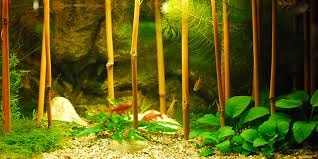
Common Mistakes to Avoid
When setting up a small fish tank, it’s easy to make mistakes that can affect the health of your aquatic environment. One common error is overstocking the tank with too many small fish species or incompatible fish, which can lead to poor water quality and stress. It's crucial to carefully select fish species that are suited to the size of your tank and to monitor the bioload to avoid overcrowding.
Another frequent mistake is neglecting the importance of proper filtration and maintenance. A nano fish tank requires efficient filtration to maintain water quality, so ensure that your setup includes a reliable sponge filter or another suitable filtration system. Additionally, failing to regularly clean the tank and monitor water conditions can lead to algae overgrowth and poor health for your fish and live plants. Keeping these factors in mind will help you avoid common pitfalls and ensure a thriving aquatic environment.
Regular Maintenance Tips
Maintaining a small aquarium involves a few key routines to keep your tank in optimal condition. Regular water changes are essential to maintain water quality and remove accumulated waste. For a nano fish tank, aim to change a portion of the water weekly or biweekly, depending on the bioload and size of your tank. This helps in preventing the buildup of toxins and ensures a healthy environment for your small fish species and live plants.
Additionally, routine cleaning and checking of equipment, such as the sponge filter, are important for long-term tank health. Regularly inspect the filter for clogs and clean it as needed to ensure effective filtration. Also, monitor the health of your live plants and replace any that are deteriorating. Keeping up with these maintenance tasks will help you enjoy a beautiful and thriving small fish tank while ensuring the well-being of your aquatic pets.
Inspirational Small Aquarium Setups
Exploring fish tank ideas can be both exciting and rewarding, especially when it comes to creating visually stunning small fish tanks. Drawing inspiration from various setups can help you design a nano fish tank that not only looks beautiful but also meets the needs of its inhabitants. One popular idea is the use of a planted aquarium, where lush live plants create a vibrant, natural environment for small fish species and shrimp.
Another inspirational setup involves focusing on a centerpiece fish that stands out within a well-decorated tank. For example, a single beta in a minimalist nano fish tank with carefully chosen live plants and subtle decorations can create a striking focal point. Similarly, a small fish tank featuring a mix of nano fish and a variety of live plantsarranged to form a natural aquascape can provide both beauty and functionality. Incorporating elements like driftwood and rocks enhances the overall aesthetic while offering hiding spots for the fish.
By experimenting with different fish tank ideas and setups, you can create a small aquarium that reflects your personal style and provides a healthy, enjoyable environment for your aquatic pets. Let your creativity guide you in designing a nano aquascape that combines beauty with functionality, ensuring a thriving and captivating aquatic display.
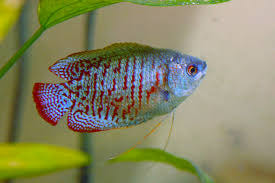
Enhancing Plant Growth with CO2
Incorporating CO2 into your small aquarium can dramatically improve the health and growth of live plants. In a nano fish tank, where space and resources are limited, adding a CO2 system provides essential carbon for photosynthesis, helping plants thrive and maintain lush greenery. This not only enhances the visual appeal of your planted aquariumbut also contributes to a more stable and balanced environment for your small fish species.
A well-managed CO2 setup, combined with appropriate lighting and nutrient dosing, can transform your small fish tankinto a vibrant, flourishing ecosystem. Regular monitoring and adjustments ensure that both your plants and aquatic life enjoy optimal conditions, leading to a healthier and more beautiful aquarium.
Conclusion
Creating a stunning and functional small aquarium is a rewarding endeavour that allows you to blend creativity with the care of aquatic life. By carefully selecting fish species, choosing the right live plants, and employing effective maintenance techniques, you can transform your nano fish tank into a thriving and beautiful aquatic environment. Whether you’re inspired by planted aquarium setups or unique fish tank ideas, the key is to balance aesthetics with the needs of your tank’s inhabitants.
Remember that each small fish tank presents its own set of opportunities and challenges. With thoughtful planning and regular care, you can enjoy a vibrant, healthy aquarium that brings joy and tranquility to your space. Embrace the process and let your small fish species and live plants flourish in a well-designed and maintained environment.
Meet our bestseller! The Pro-Elite Series Complete Aquarium CO2 System with New Inline CO2 Diffuser!





